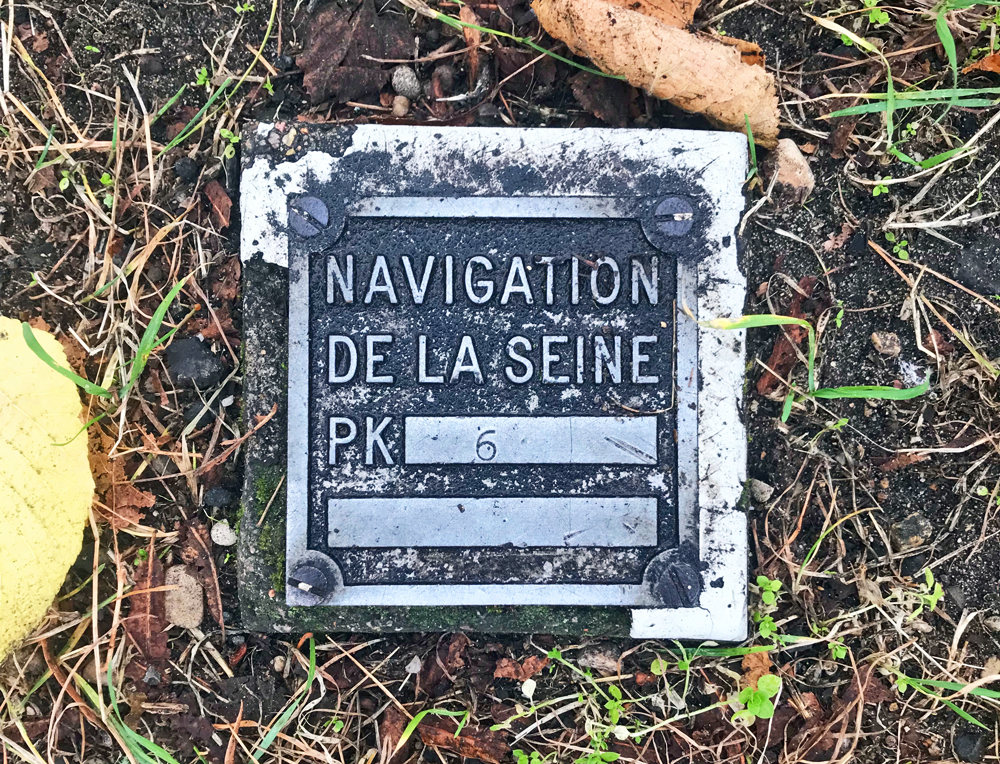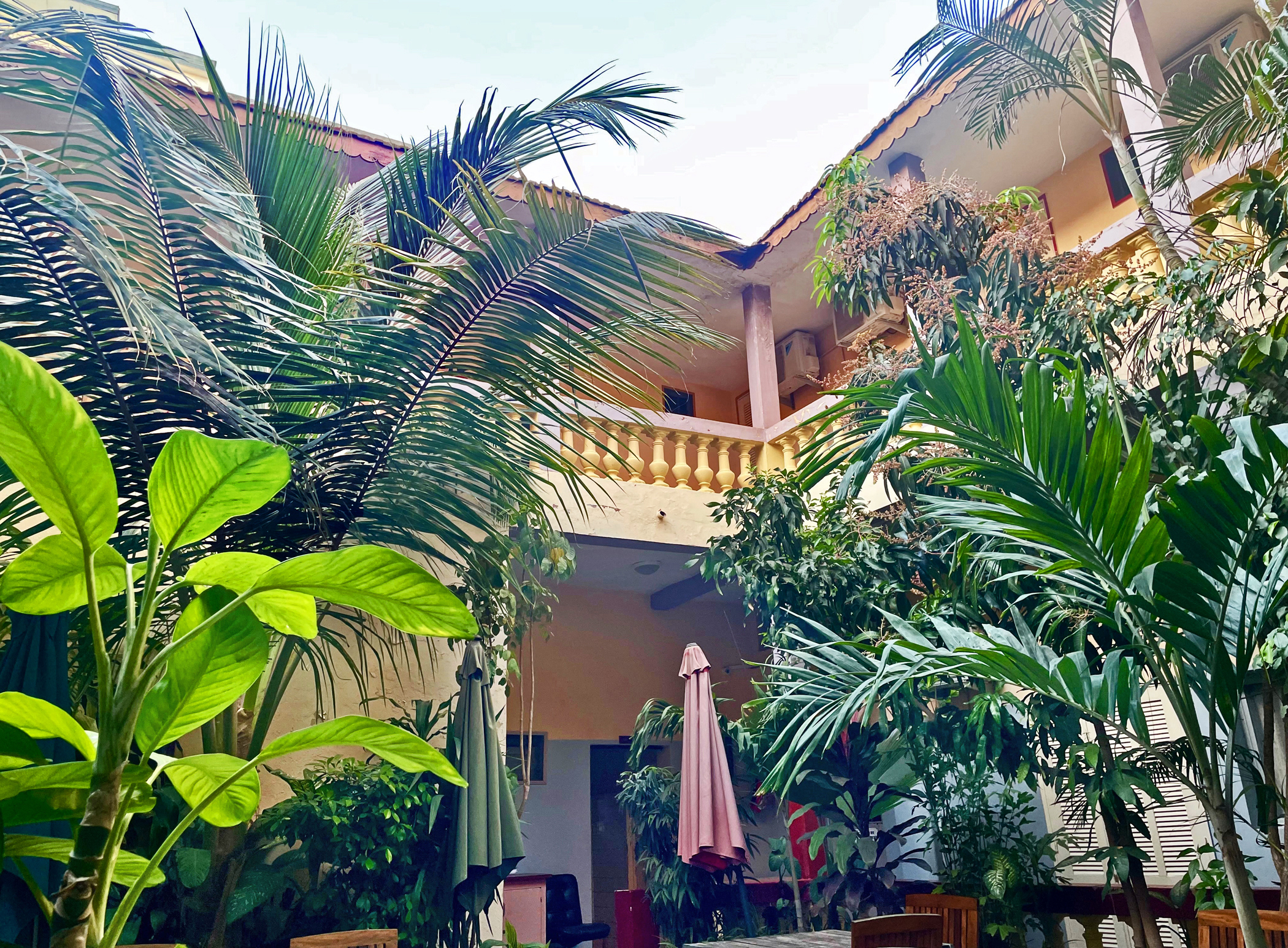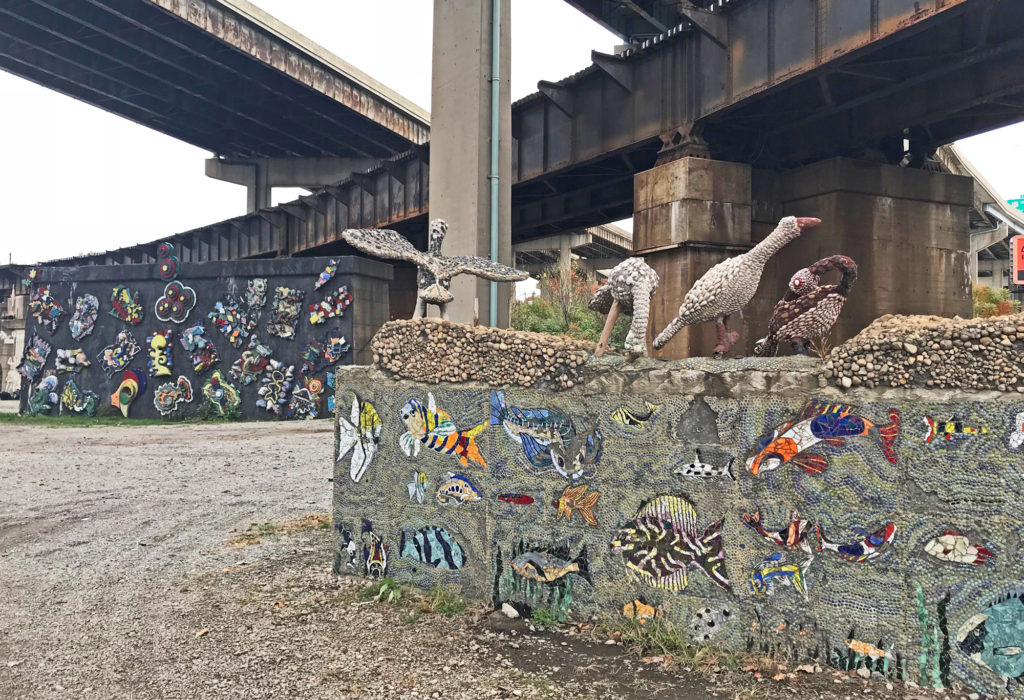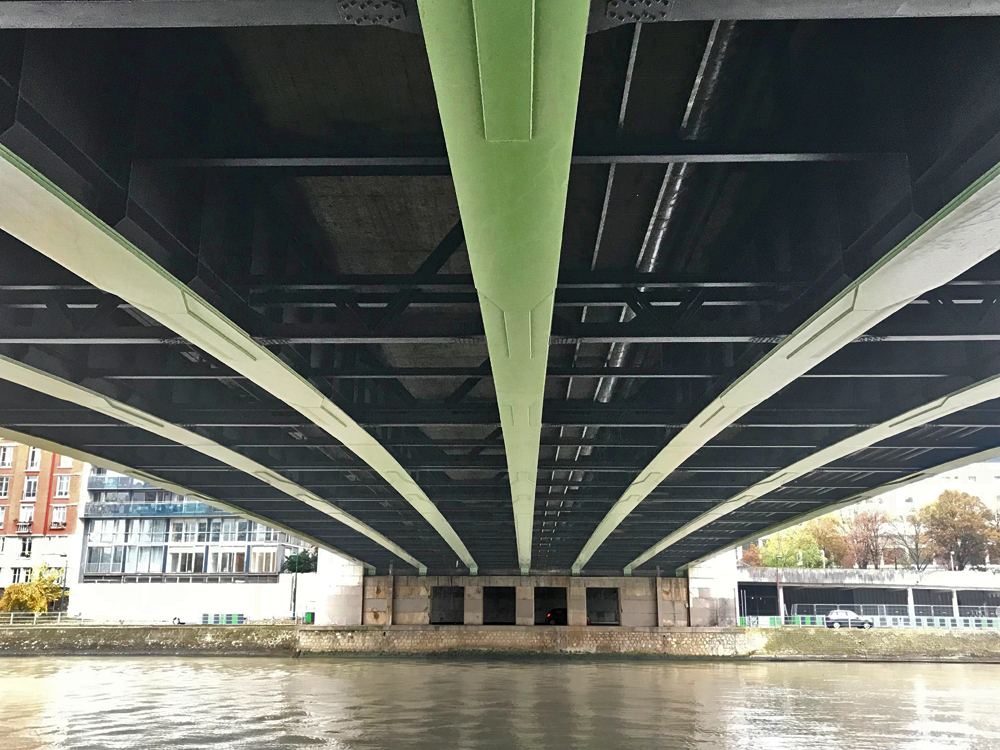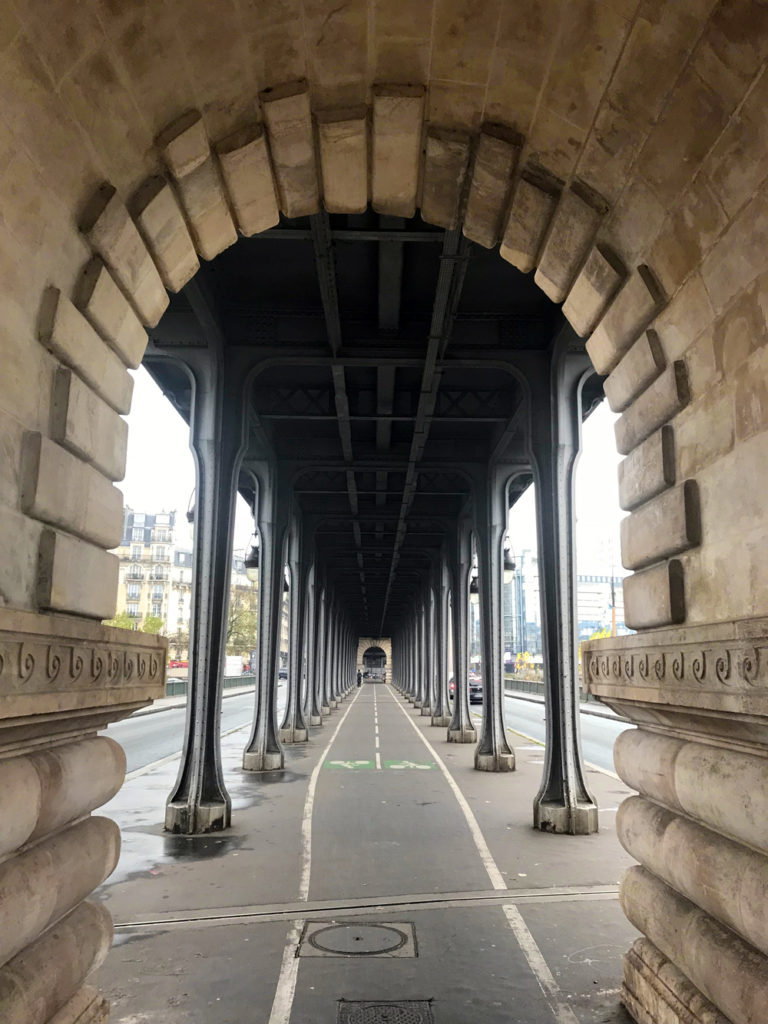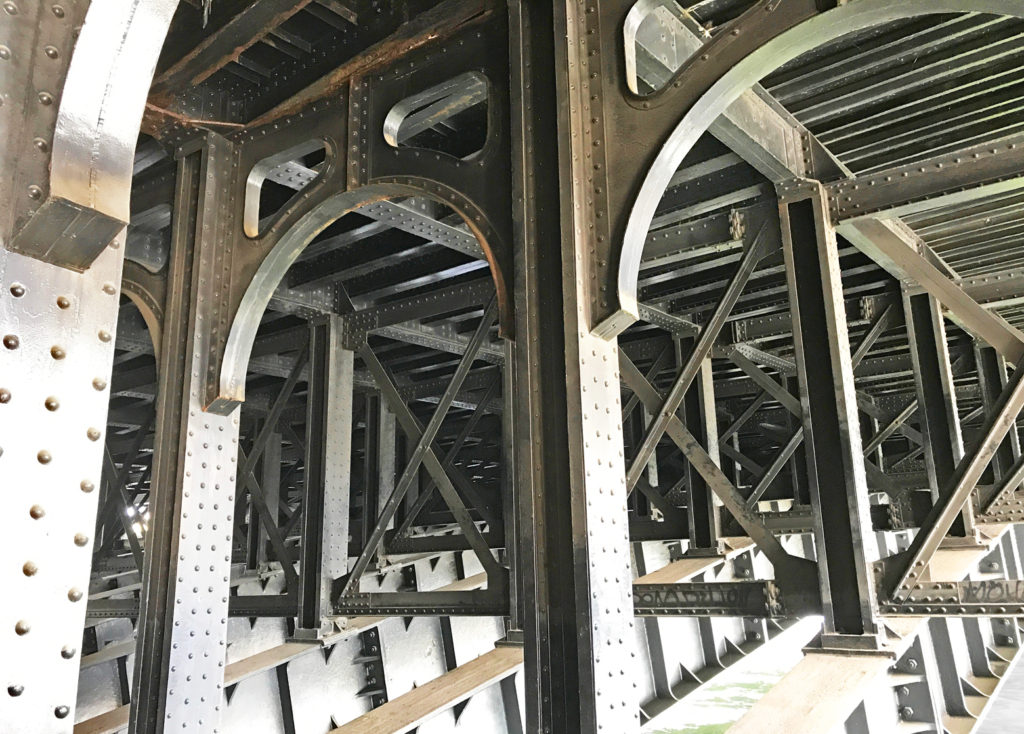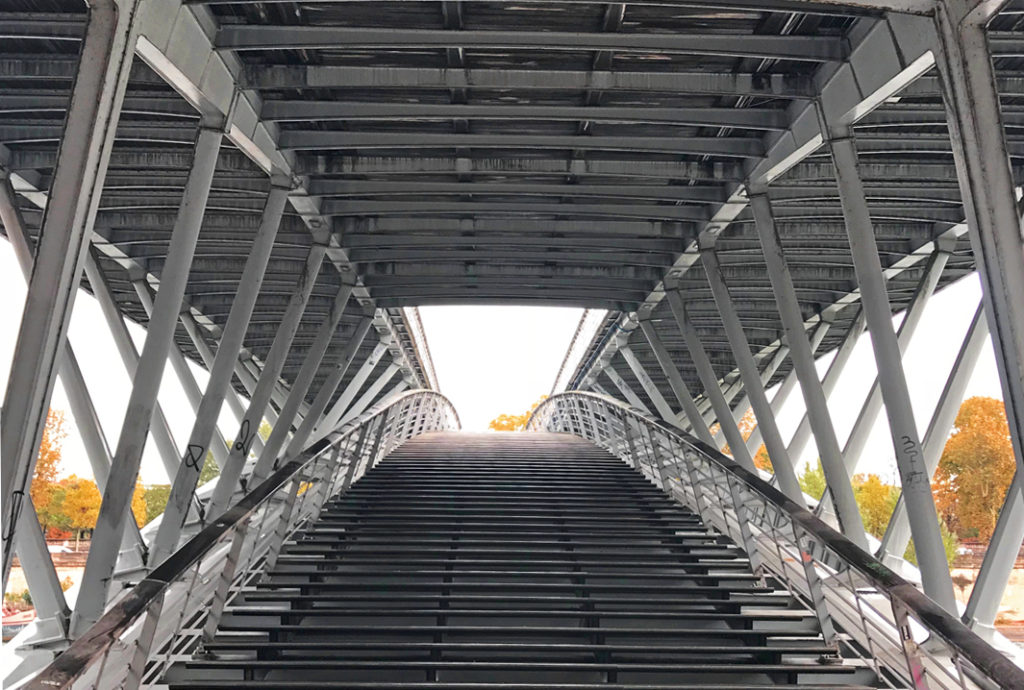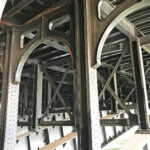Ode to the 767
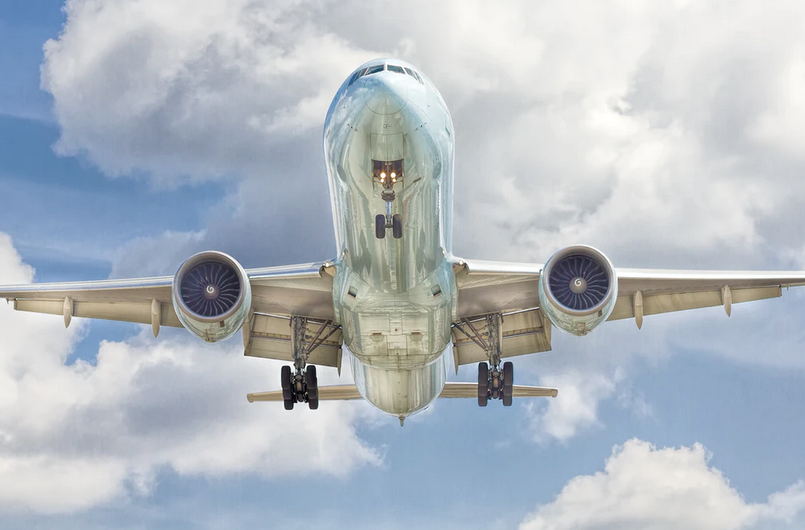
MY FONDNESS for the 757, Boeing’s venerable, inimitable twin-jet, is well documented. But hey, how about a shout-out for its slightly bigger sibling, the 767?
The 767 is a twin-aisle, longish-haul airliner that first flew in 1981. With a seven abreast, 2-3-2 layout in economy, it’s a quasi-widebody with seats for around 210 passengers, depending on configuration. It was developed in conjunction with the single-aisle 757. Despite an obvious size difference, the planes have similar internal systems and virtually identical cockpits, allowing pilots to fly both models.
I hate saying it, but both jets are by most measures obsolete. They’re a rare sight elsewhere in the world, where carriers long ago sent them to pasture. But here in the U.S. it’s another story. The 757 and 767 fleets at the big three — American, United, and Delta — still number in the hundreds. The intensive maintenance overhauls and cabin refurbishments required to keep them in the game aren’t cheap, but neither is replacing them outright. Plus the damn things are so remarkably versatile. Short-haul or long-haul, domestic or international, these machines can turn a profit across the whole spectrum of stage lengths and markets. In the case of the 757, as I talked about before, there simply isn’t a newer plane that can match its combination of range, capacity, and efficiency.
I haven’t updated my logbook since who knows when, but I’ve got roughly the same number of hours split between the two models. I’ve been flying them for eleven years now on routes across five continents. While they’re both fun to fly — and my earlier raves for the 757 notwithstanding — if given the choice I will always pick the “seven six” over its smaller sister. The 767s at my carrier are, on average, newer than the 757s, which means the cockpits are cleaner (the filthiness of airliner cockpits is a subject for another time). They’re also roomier and, due to a differently designed recirculation fan, much quieter. (Funny how it’s the ergonomics and creature comforts that mean so much. You probably expected me to say something about speed or engine thrust.) Plus the plane is, well, bigger, and there’s that pilot ego thing. Flying in the U.S. I get to say, “heavy” after our radio call sign, which brings out the little kid in me.
Curiously, at almost twice the size, it’s the 767 that’s lighter and more twitchy on the controls. This is due mostly to a pair of inboard ailerons, which the 757 does not have, and which make the jet surprisingly sensitive on its roll axis (i.e. turns). It’s also quite light on the pitch axis (nose up and down). The 757 is recalcitrant and heavy, particularly on takeoff, requiring a good flex of the biceps to get the nose up. The 767, even at 400,000 pounds, can be flown with two fingers.
With respect to lift and power, both jets are pretty damn muscular. In my previous story I boasted about the 757’s fantastic performance on short runways. Well, the 767 can do it too. And then some…
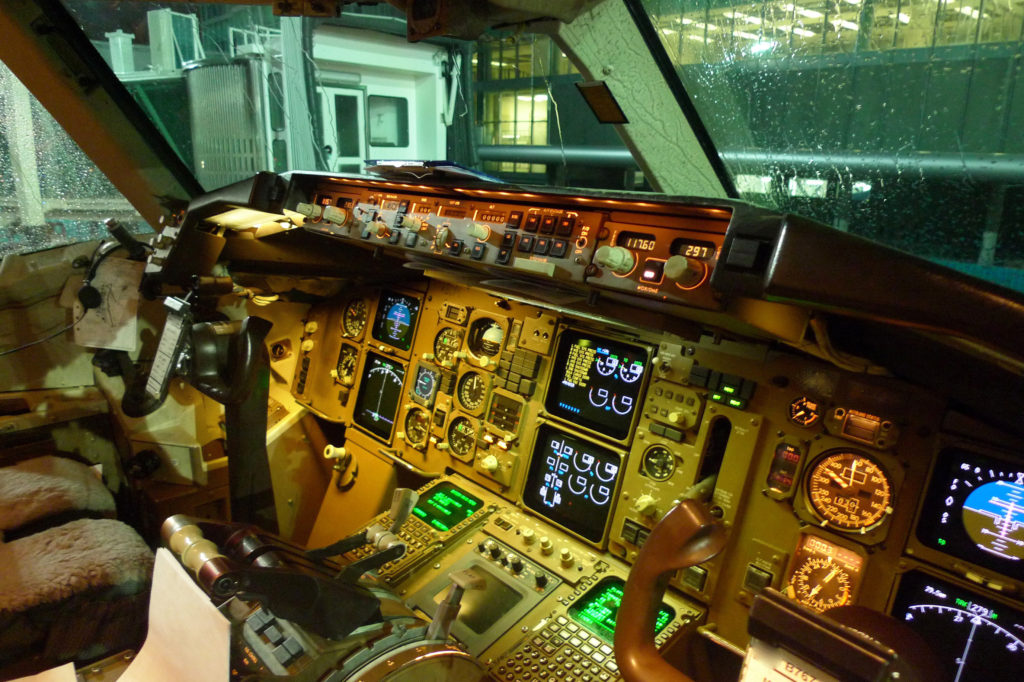
Cockpit of a Boeing 767.
Departure
We’re at Boston-Logan. We’ve just called for push when the guy on clearance delivery asks if we can take runway 22R. The longer, parallel runway is closed for some reason. “Standby a second,” I tell him.
I look at the chart. “That’s only 7800 feet!” But we send for the data and it all looks fine.
“Yeah, we can do that.”
We’d already set up and briefed for runway 22L. So things get very busy for a few minutes. We have to review the new thrust and flap settings, input the revised takeoff data into the FMS, plus reload the departure procedure, reviewing all the associated turns and climbs and speed restrictions, which are different now. The taxi route, too, has changed and needs to be briefed. When that’s all done, we re-run the checklists. Then it’s time to start the engines and get moving. We’re blocking the alleyway and two inbound jets are waiting; the apron controllers are antsy for us to roll. Believe it or not it’s these first few minutes off the gate, long before you’re in the air, that are some of the busiest and most work-intensive minutes of a flight.
The short runway means a flaps 20 takeoff, which is somewhat unusual. Even so, the numbers say we can use reduced thrust all the way down to an assumed temperature of 45 degrees Celsius. That’s some monster performance on a plane this heavy, with two-hundred people and eight hours of fuel.
I love flaps 20, because the V-speeds are so tame and you’re off the ground in under twenty seconds. V1 today is a measly 144 knots — about twenty less than it’d be at the standard flaps 5. This will give us low (safer) tire speeds and a nice, gentlemanly rotation with tons of runway remaining.
It’s my turn at the controls, and we are in the air by the time we’re abeam the old TWA gates at terminal C. I see the control tower to my right, zipping past out of the corner of my eye, and the old 16th floor observation deck where as a young teenager I spent so many afternoons.
How fun is this? We didn’t use even two-thirds of that runway, and we’re climbing at four thousand feet a minute! No way could a 737 have done this. They’d be skimming into the harbor at 170 knots.
Also it’s Christmas, and I’m wearing one of the Santa hats that Ray, our relief pilot tonight, brought along for everyone.
Arrival
It’s just after dawn and the visibility at Charles de Gaulle is fluctuating between a thousand and fifteen-hundred meters. Fog, drizzle — typical Paris morning. That’s a little tight, but plenty good for a Category 1 ILS.
Everything is set up: the arrival, the transition, the approach and the checklists. We’ve briefed the ILS right down to the type of approach lights to expect, and gone over the expected taxi route to the gate — CDG’s spaghetti snarl of taxiways being one of the most daunting in Europe, requiring you to flip back and forth between four different charts and diagrams. Paris won’t assign you a runway until fairly late in the descent, so there’s a lot of talking and button-pushing in the last fifteen or so minutes of the flight.
We’re eight or so miles out on a long final to 26R. Approach control gives us a speed of 170 knots and hands us off to de Gaulle tower.
“Bonjour,” says the tower controller, asking us to slow to 160 knots. We’re following an Etihad A380, he tells us. We can see him on the TCAS screen. Even as we decelerate it looks like the distance between us is shrinking. It’s busy this time of the morning, and controllers are doing their best to get everyone in. Etihad and us are just two of several jets lined up for the runway. The winds, I notice, have dropped about 25 knots in the last thousand feet of altitude. Shifts like that can mess with the spacing.
“Reduce to minimum speed, please,” says the tower. That means about 150 knots for us, with everything out. The flaps are at 25, the gear is down and the landing checklist is complete.
That’s pretty slow. But the A380, just over the numbers now, is apparently slower.
“Go around,” says the tower. Yup, we had a feeling this might happen.
With my left thumb I activate the TOGA switches attached to the thrust levers. The levers slide forward and the engines roar — that grinding, deep-throated lion’s roar that only high-bypass turbofans can make. I loved that noise when I was a kid, and I love it now, making it happen. The jet immediately pitches up to the command bars; the acceleration and climb are instant. The power and acceleration, kicking up through the seat of your pants, is more than just encouraging — it’s something fierce.
“Go around engaged,” says the captain.
“Flaps 20,” I say.
“Positive rate,” he says.
“Gear up.”
There’s so much thrust that the climb feels almost effortless, as if the plane is floating, levitating upwards. Wow, I’m thinking. Has this thing got some juice.
Back in the cabin, half the passengers at this point are probably whispering goodbyes to their loved ones. Go-arounds have a way of scaring the bejeezus out of people. They’re abrupt, loud, and disorienting: the sudden change of pitch, the power increasing, the gear clunk-clunking back into the wells, and so forth. “We were coming down, and then all of a sudden it was up, up up!” It’s not the most sensory-friendly thing for customers, I admit. But for an airplane, that transition from descent to climb is perfectly natural. For the crew, it’s a busy maneuver, but a routine one just the same. If anything, let all that racket assure you that the pilots and their plane are doing exactly what they need to.
“When we level at three,” I say, “Let’s do 200 knots and flaps 5.”
The missed approach altitude is only 3,000 feet. So now, only a minute or so into the climb, the thrust levers come hauling back. The engines wind down nearly to idle and the nose falls back to the horizon. Again this is all perfectly natural, but likely a bit alarming to the vacationers back there.
I’ve got my eye on the airspeed, because I don’t want to overspeed the flaps or slats as they transition to the 5 setting. But the jet handles the level-off just fine — as smoothly and safely as you could hope for.
Then it’s another big series of turns, descents, speed adjustments and checklists as ATC brings us around. I’m flying while the captain is talking to the controllers, eyeing the fuel gauges and setting up the FMS again. Ray, in the jumpseat between us, makes a PA and talks to the flight attendants. I can’t hear what he’s saying, but hopefully he’s not too cavalier with the microphone; this is one of those instances where passengers go home with some hair-raising story about a “near-miss.” We were nowhere remotely close to colliding with that A380, but phrases like “a little too close to another plane” play to people’s fears.
I’m just hoping they don’t switch runways on us, because that would require loading the new approach, verifying all the points and altitudes, and another briefing.
Fortunately they keep us on 26R.
So, what do you think the odds are for two go-arounds? Don’t laugh, it’s actually happened to me. Once about eight years ago, in a 757 at La Guardia, and another time in 1992, in a Beech 99 at Hyannis.
No, not today. This time we’re first in line for the runway, and the rest is all just kinda boring.
The 767 has existed in three basic variants. The original, short-bodied -200 model is all but extinct, while the -400 was a sort of orphan project that sold only a few dozen examples. The -300, particularly the -300ER (extended range), is the one you see most commonly today. In fact this plane remains in production. It’s been years since a passenger model was sold, but Boeing continues to roll out brand new 767-300 freighters, FedEx being the biggest customer. These have a redesigned, 777-style cockpit. A military tanker, called the KC-46, is also based on this airframe.
Cockpit photo by the author.
767 photo by John McArthur/Unsplash
Related Stories:
ODE TO THE 757.
FAREWELL DOUGLAS. TWO CLASSIC JETLINERS ARE PUT TO PASTURE.
IT LOOKS LIKE THE FUTURE. UP CLOSE & PERSONAL WITH THE 787.

